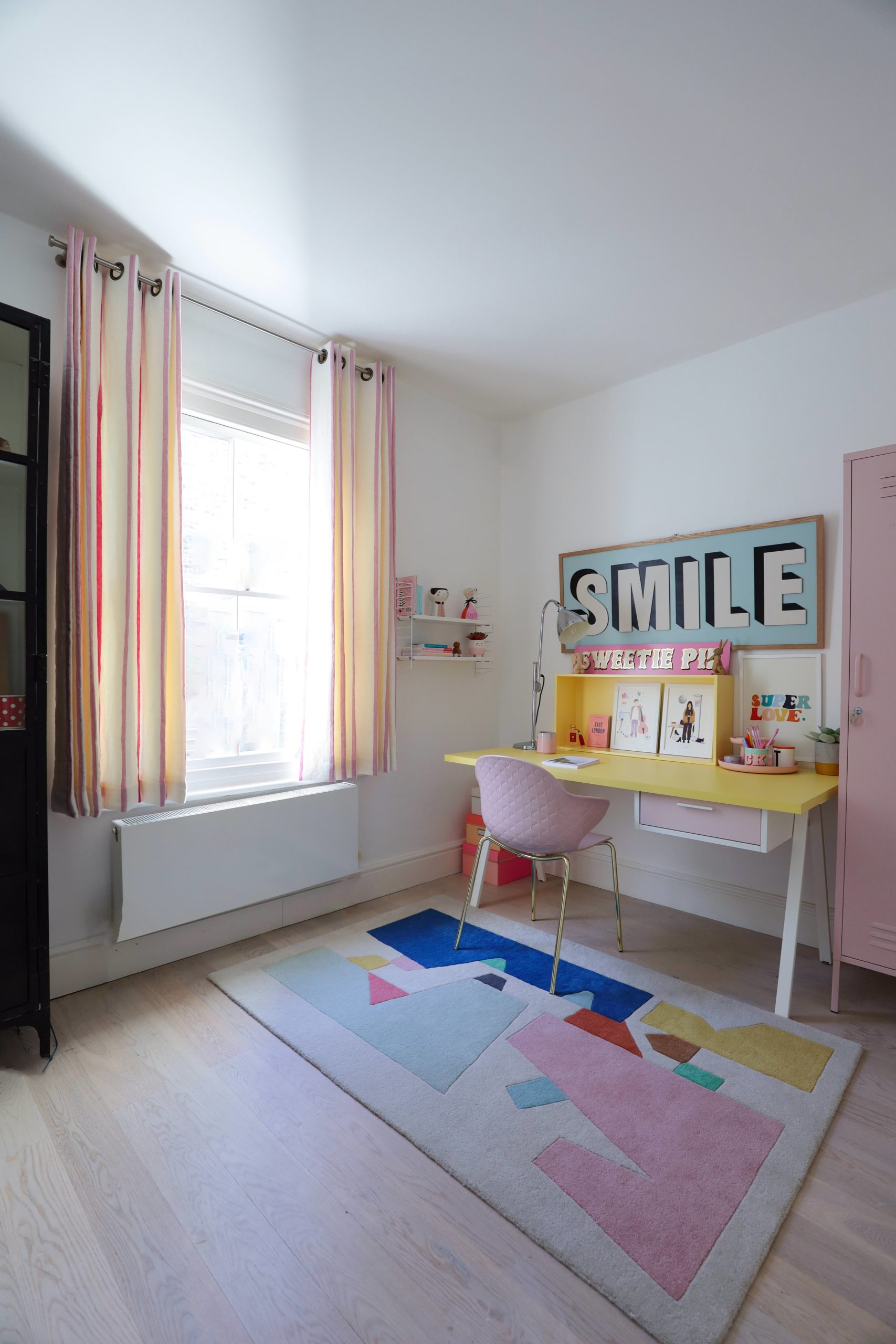 AD. How to choose curtains for your home?
AD. How to choose curtains for your home?
That was the question and stumbling block for me when I wanted to get some for my home office.
Perhaps this question was easier to answer 25 years ago when curtains were more common as window dressings.
Gradually over time, they have become replaced by contemporary blinds or shutters.
I’m glad to say that I have now done some research on how to choose curtains for my home.
I wanted some curtains to shield my eyes from the afternoon sun glare but on the other hand didn’t want them to be too heavy or thick to make my room feel small and dark.
As you can see, my workspace is now adorned with some lovely ‘made to measure’ Designers Guild curtains called Brera Nastro Peony, complete with eyelets, from Couture Living.
Getting these made were super easy.
All I had to do was to select my fabric from the swatches they sent me in the post, measure up using their online guide, and then decide on the header type, need for lining and curtain design.
It took a couple of weeks to make, and then it was sent out to me in the post, all ready to hang.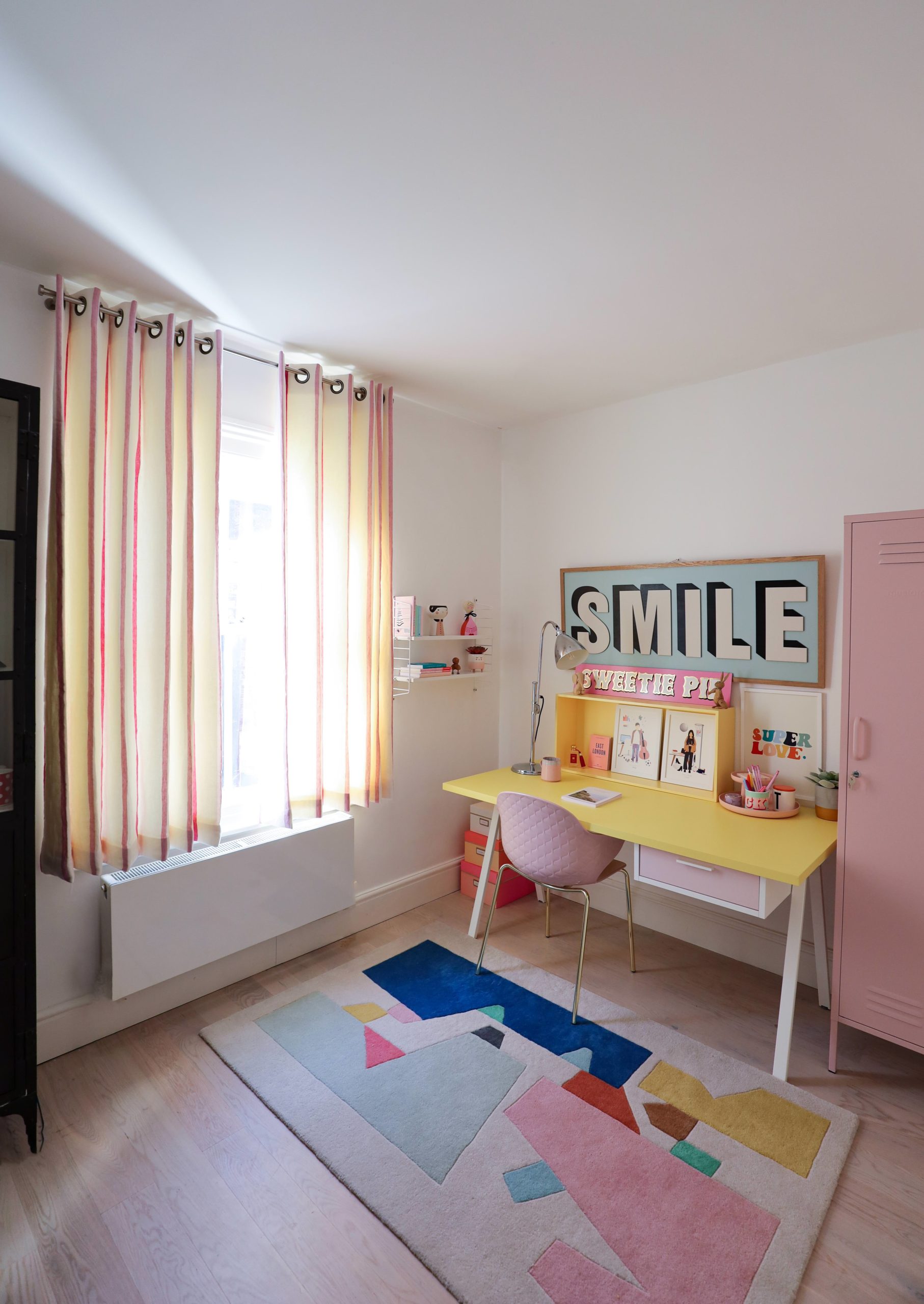 Anyway, back to the subject of how to choose curtains for your home.
Anyway, back to the subject of how to choose curtains for your home.
I thought I’d share the information I have learned about them:
1.FABRIC
To help you decide on fabric, there are a few considerations:
a. Decorative – are the curtains there to just serve the function of decor? Will you be drawing them close often? This will help you decide on the pattern, colour and design.
You may want something bold, striking with visible design features if it is to just mainly stay drawn open as decor.
You may want a simpler design if the room is already full of patterns and decor.
b. Light control
The function of your room should determine the light control required from your curtains.
The thickness of the fabric will obviously determine the amount of light it lets through.
I would advise getting a large fabric swatch to check how much light it lets through and what the pattern or colour of the fabric looks like with light going through it.
You may still want light coming through but with less sun glare, in which case I would advise a sheer fabric.
If you want a glow effect in your room without blocking the light then cotton or linen is a great option, as I have in my workspace.
If you want total black out, then thick velvet or cotton with a lining may be an option.
One thing to keep in mind when going for thick, dark or heavily patterned curtains is that it can make a room feel much smaller.
Fabric colours and patterns can fade in the sun, so a lining to protect or fabrics with higher thread counts may be a good idea.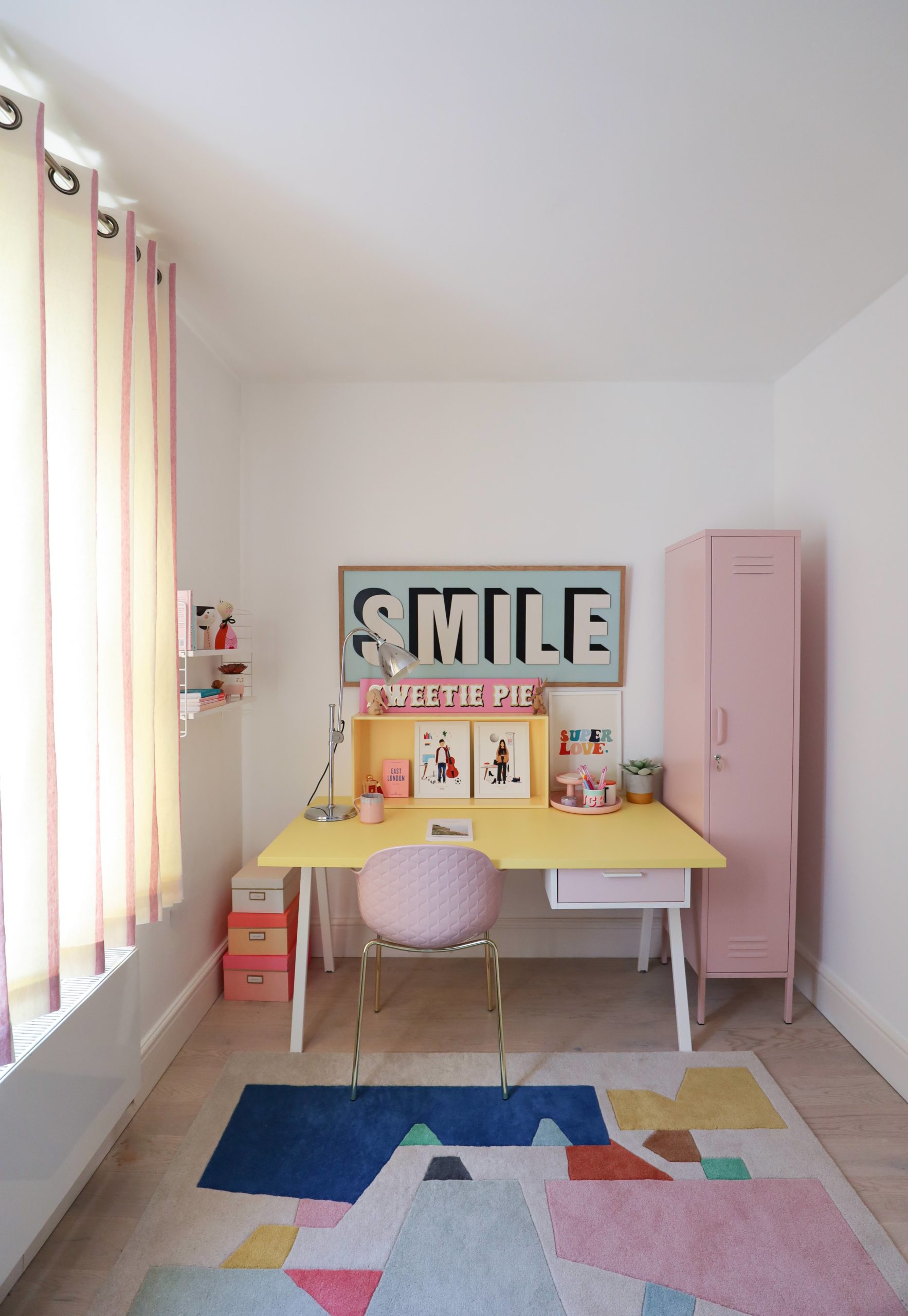 c. Temperature control
c. Temperature control
Thicker and heavier fabrics will provide some insulation and a cosy feel.
Velvet, suede and wool blends for curtains are commonly used for this purpose .
However, do keep in mind that the thicker the fabric, then the less light there will be.
You could also just use an extra layer of curtain during the colder Winter months and then remove it in Summer.
Lighter fabrics create a fresh and airy feel to the space. I have decided to go for a lighter cottin fabric in my study space.
d. Privacy
Obviously thicker curtains will ensure privacy, but do test the swatch against light, as some fabrics can be see-through with bright indoor lights.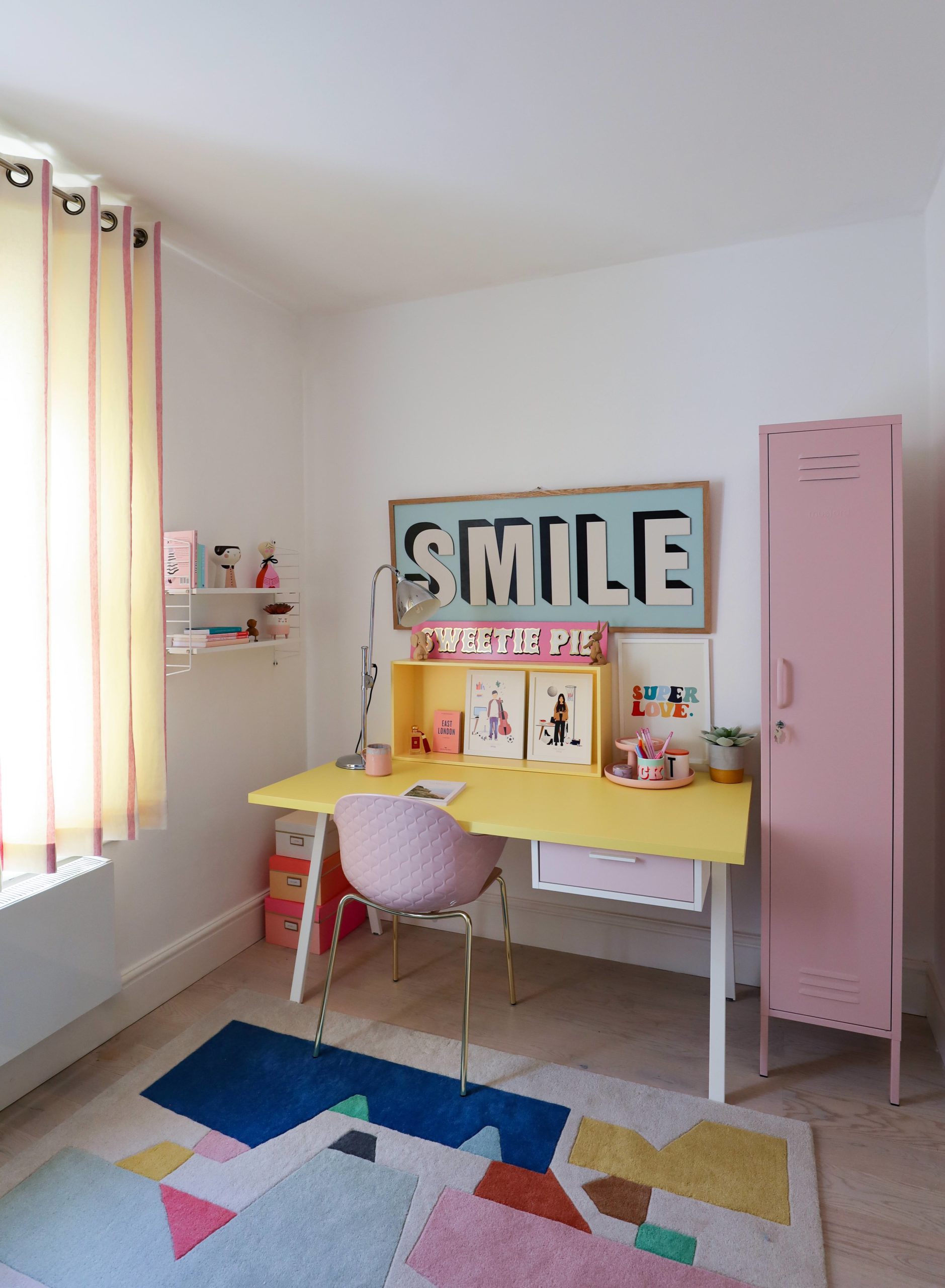 2.COLOURS AND DESIGN.
2.COLOURS AND DESIGN.
This is obviously a matter of personal choice.
I would first of all decide on the style of my room.In this room, it’s fun, light and colourful with pops of pink and yellow.
I’ve gone with the pink, and picked some light curtains with pink stripes.
It can be difficult to decide, so perhaps you could first decide on what your room style is or will be.
I’ve divided the styles of rooms into categories:
Casual vs Formal, Traditional vs modern, Bright colourful vs pared down, Patterns vs Discreet.
You can use any combination of these categories to define your room.
A formal or traditional space tend to have more opulent fabrics such as silk, suede or velvets. Prints also tend to be more ornate.
A more casual look would usually use cotton or linen curtains, with simpler patterns.
In terms of colour, it’s probably best to have a shade that unifies or matches the colours in the room. So perhaps pick a shade that matches your furniture or furnishings.
Vibrant colours in curtains can look great too, but you will need to decide where the focal point wopuld be in the room – the curtains or the furniture.
If the furniture or furnishings are as colourful as the curtains, it may become visually busy.
As a rule of thumb, I’d say if you want a set of vibrant curtains then tone down the colours in the space. Using small pops of accent colours in the room that matches the curtains could be a way forward.
Likewise, if you are flamboyant and colourful in your room decor, then you may want to have just solid coloured curtains with no patterns, to frame the room.
Setting up a moodboard for your room may be a way forward before committing to expensive curtains.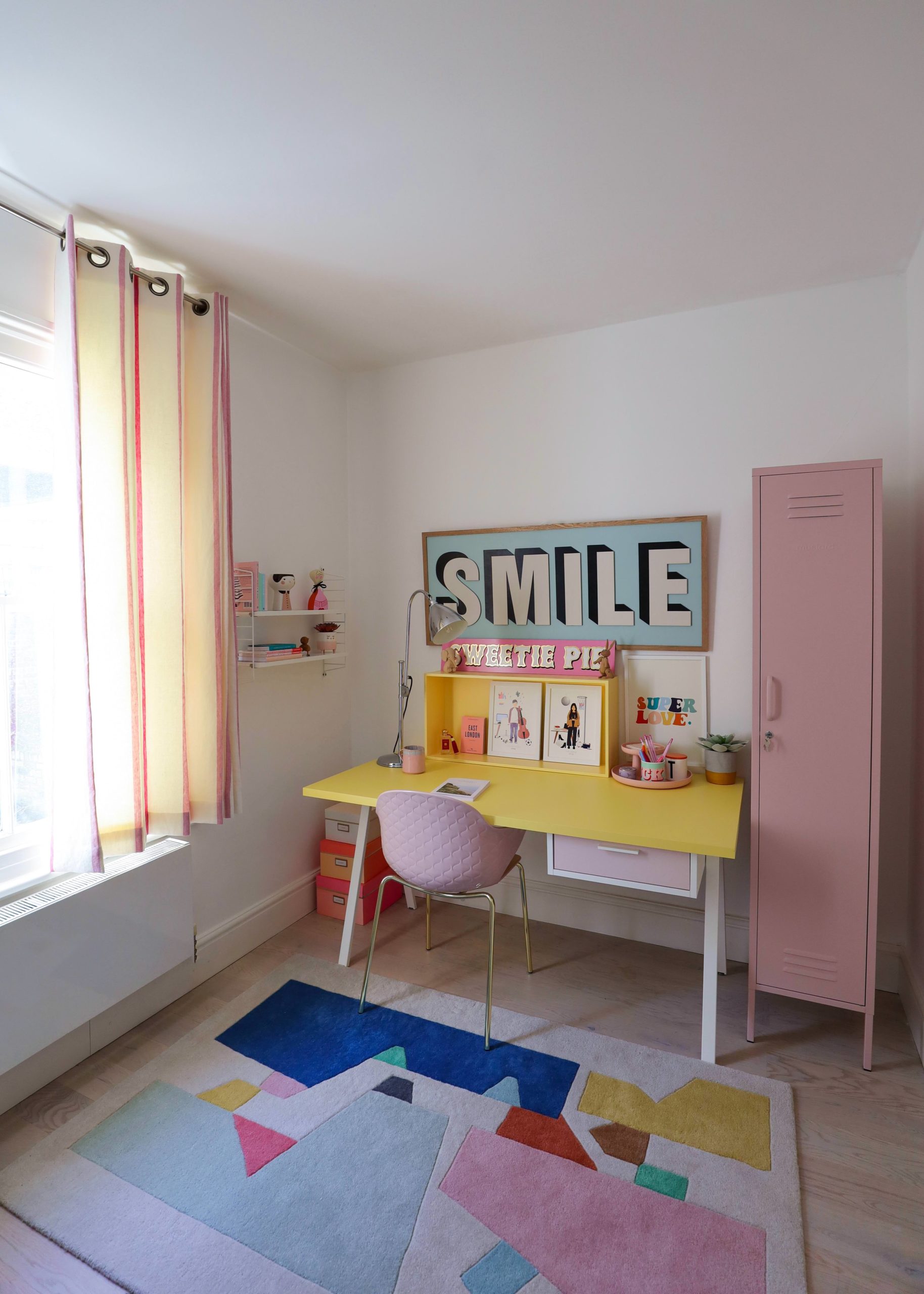 3.LENGTH OF CURTAINS
3.LENGTH OF CURTAINS
The length of the curtains you select can create an illusion of space and height in your room.
Floor to ceiling curtains in a low ceiling rooms create a better sense of space.
At minimum, the curtains should hang around 15cm above the window frame.
Curtains that fall flush with the floor or surface tend to create a contemporary look whereas longer curtains that extend slightly beyond the floor surface, an effect called “puddling”, creates a more dramatic, luxe and traditional look.
My issues with curtains that puddle on the floor are that they can be a trip hazard, get dusty or dirty quickly and may not be a good idea if you have kids or pets.
The curtains in my workspace falls just above the radiator surface, hence they don’t block the heat coming out, nor will they appear to bulge out if the curtains were longer.
This way it looks neat and modern.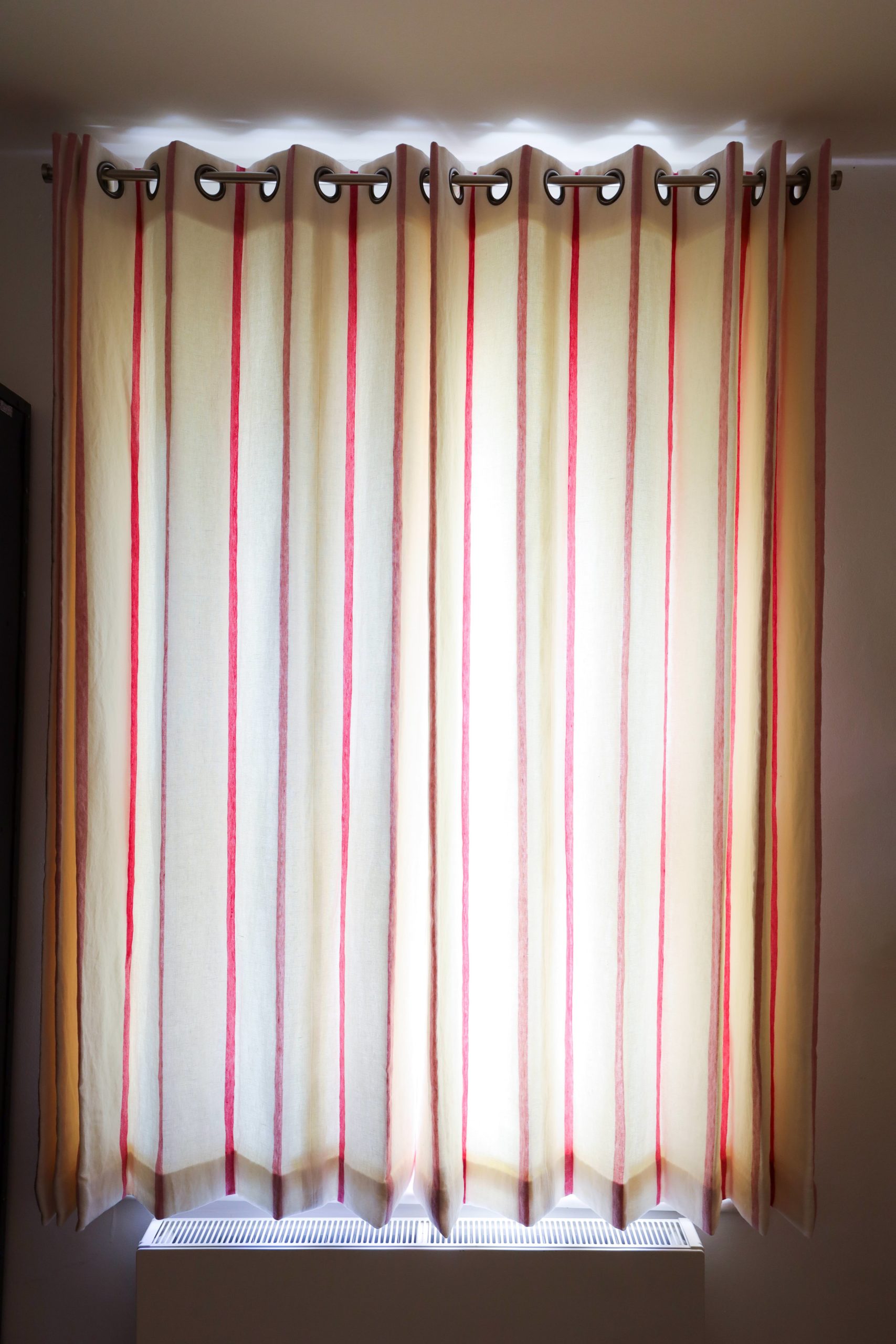 4.WIDTH OF CURTAINS
4.WIDTH OF CURTAINS
Extending your curtain rods or poles around 10 to 12 cm beyond the window frame on each side will make your window appear larger.
Moreover, the extension will ensure maximum lighting, as when the curtains are drawn, they will be set against the walls rather than blocking the light.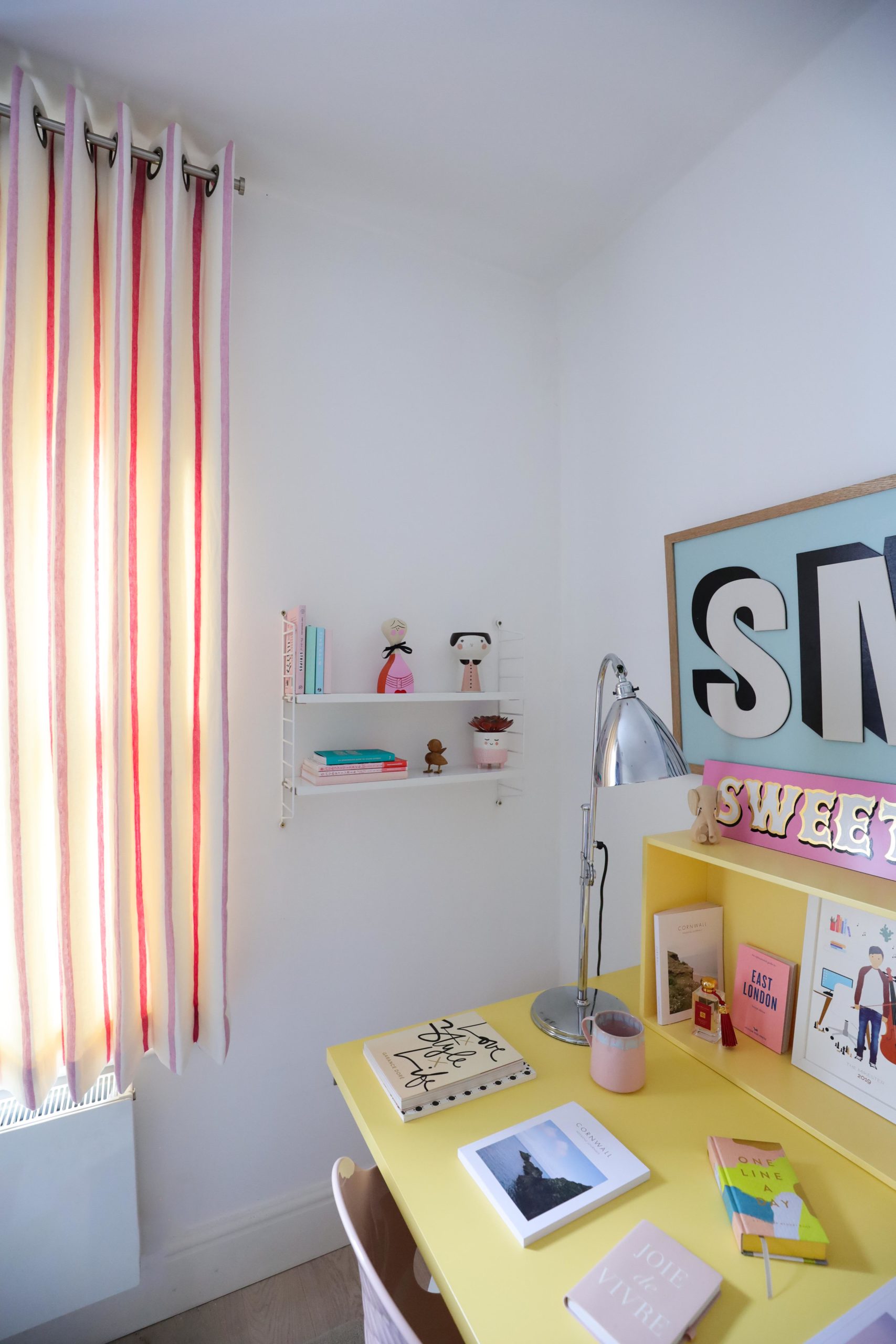 5.CURTAIN HEADER.
5.CURTAIN HEADER.
There are many different styles and types of curtain headers. The headers used will importantly determine the feel of a room.
Here are a few common ones:
a.Pleats ( pinch pleat or pencil pleat)
The curtain top is gathered in pleats from a drawstring ( pencil) or clusters of pleats separated by flat sections ( pinch) . Hooks can be attached to the pockets in the pleats.
These style of headers can be used on tracks or poles.
If you don’t like the look of the pleats, you can place it under a pelmet.
Pleats tend to create a more traditional look to a room.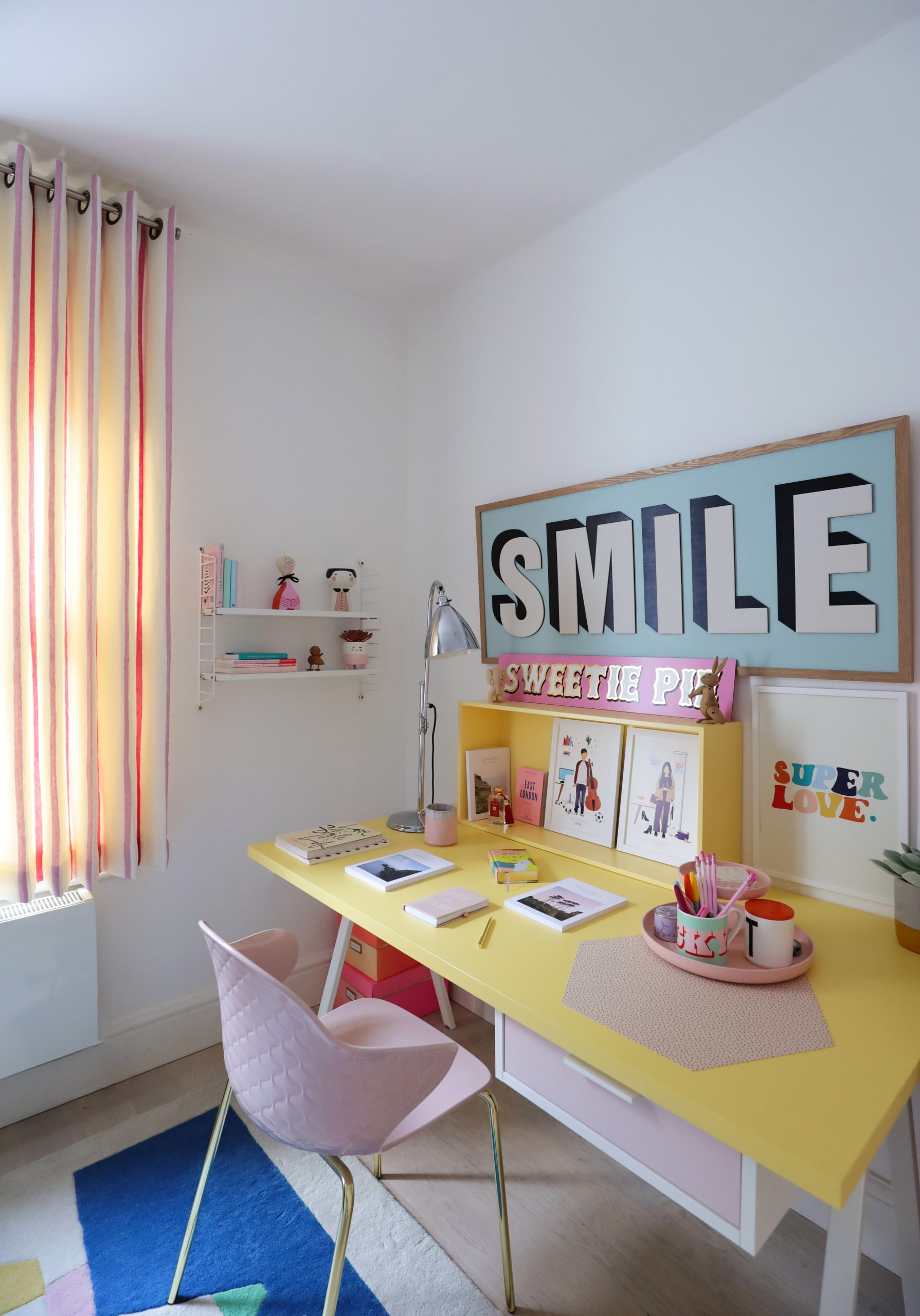 b.Eyelets on pole ( as seen here)
b.Eyelets on pole ( as seen here)
These are rings that fit around a curtain pole. This creates a more contemporary style.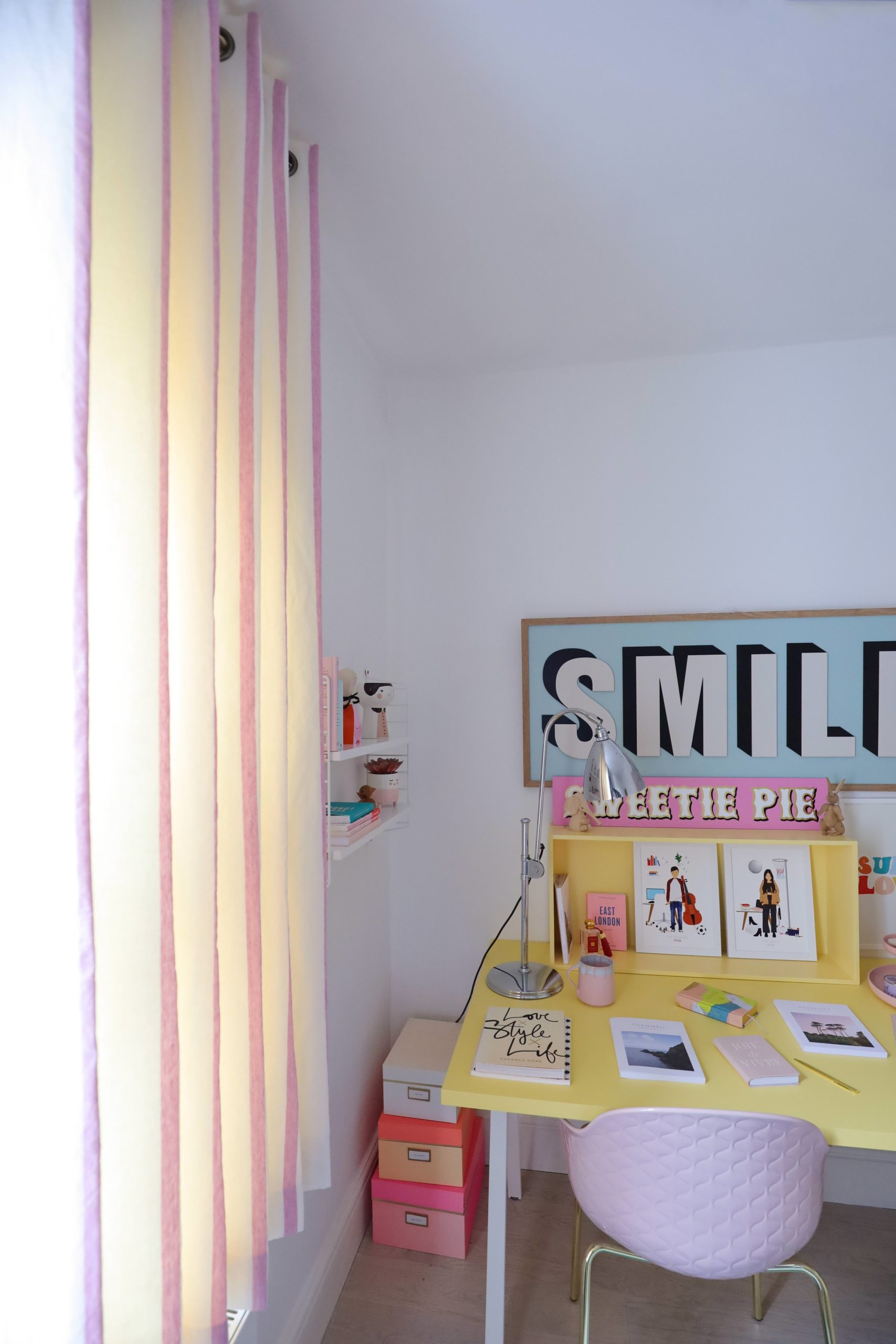 c.Track and gliders
c.Track and gliders
Here you won’t see the hooks as they are hidden inside a track. The curtains take on a uniformly wavy look.
This style looks elegant and are also suitable for bay windows. 6.FINIALS
6.FINIALS
There are various styles of finials in a variety of materials, from wood to glass to metals, but the best way forward to selecting your curtain finials is to match the materials already present in your space.
The style and motif of the finials again can be selected depending on the patterns in the room to be decorated.
I’ve gone for something simple and non conspicuous to keep a calm modern feel.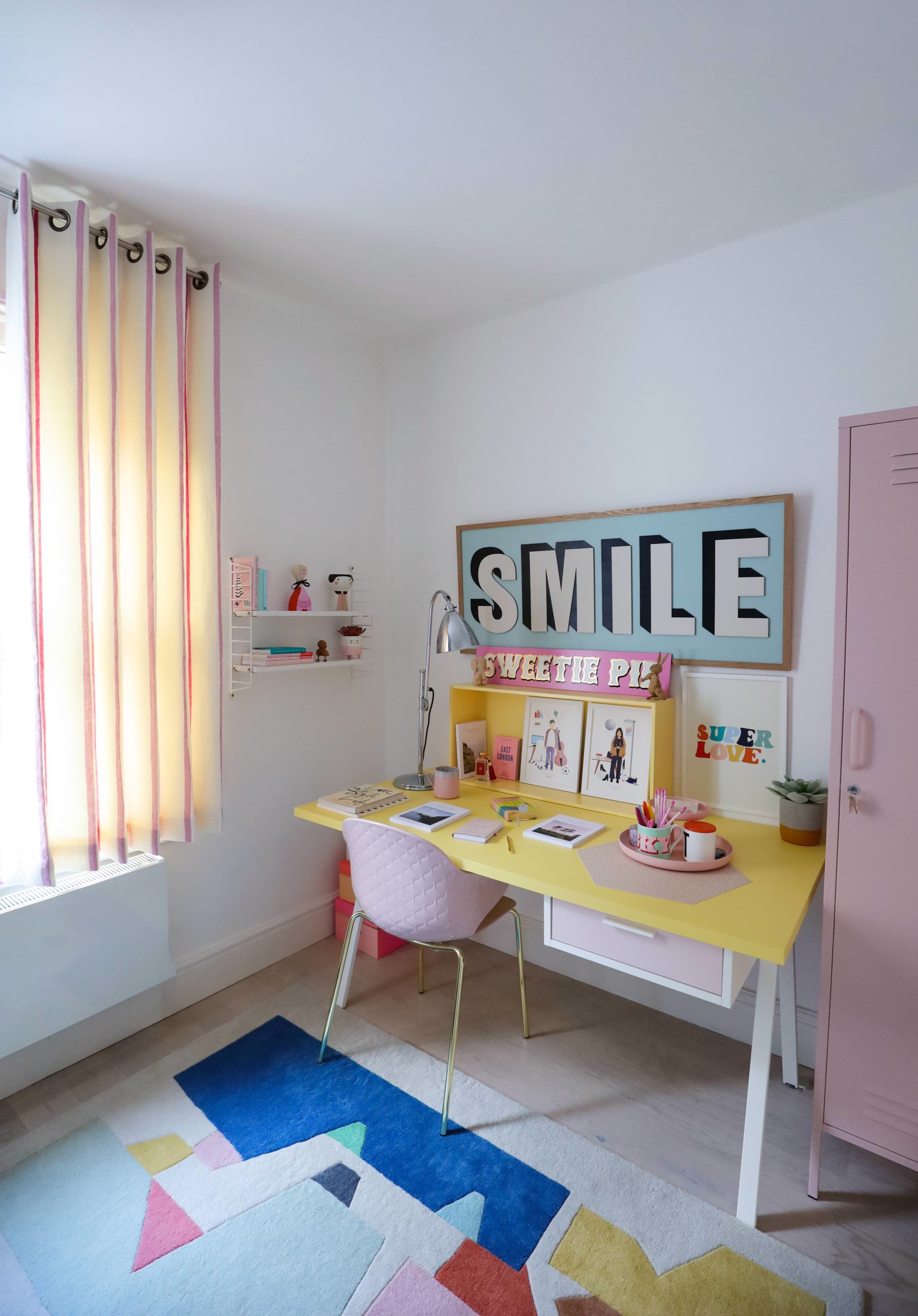 Finally, hope you have found this post informative, and hopefully you will feel confident on how to choose curtains for your home.
Finally, hope you have found this post informative, and hopefully you will feel confident on how to choose curtains for your home.
I must say, I was most impressed with the service I got from Couture Living.
The whole experience was seamless, and likewise the quality and craftsmanship superb. Therefore, I think it is highly likely that I’ll be returning for more soon.
( All photography are copyright of Little Big Bell. This how to choose curtains post is a paid partnership post with Couture Living).
